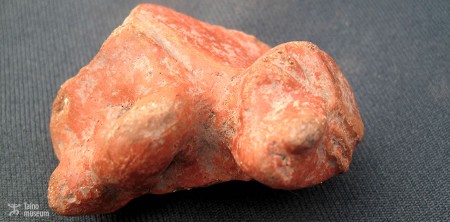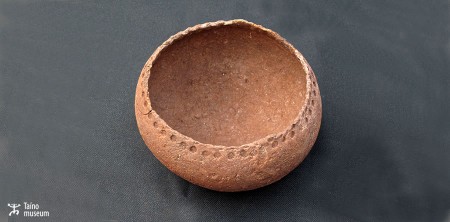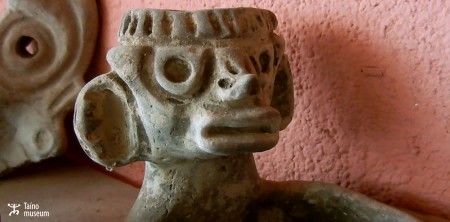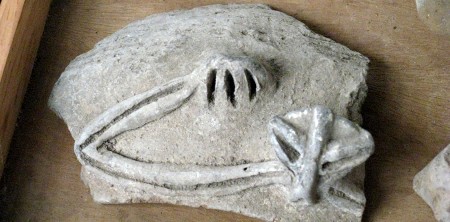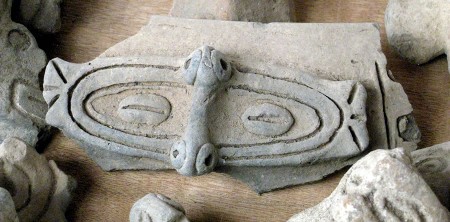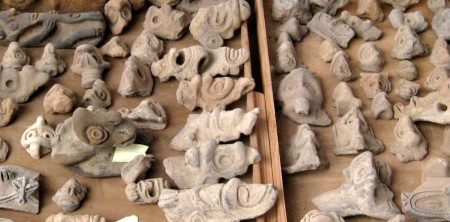This human figure in red color can be attributed to the Ostionoide culture. We have evidence for several kinds of changes throughout the Caribbean between 600 A.D. and 1200 A.D. Saladoide settlers moved to the highland where they changed the techniques of cultivating plants and other cultural trades. Arqueologist decided to see this like an…
Read more
Ceramic Vessel handle with anthropomorphic representation
